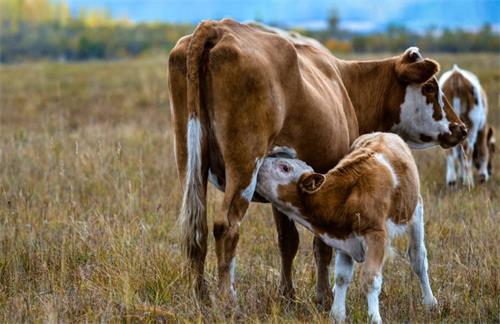Effects of management on sow embryo survival. During the early stages of pregnancy, when the fertilized egg implants into the uterine wall, the embryo is very sensitive and any stress may result in the loss of the embryo. Therefore, do not move sows before at least 28 days of gestation, and keep the environment quiet so that the sows are not disturbed and frightened. About 25 days of gestation, B-ultrasound for pigs should be used to check the status of the embryos. B-ultrasound for pigs can observe whether the embryos are be absorbed.

Effect of length of lactation on subsequent litter size. The length of the lactation period has a significant impact on the size of the next litter. When the lactation period is less than 21 days, B-ultrasound observation of pigs shows that the number of sows ovulating is low or even non-ovulation, and the intrauterine environment has not been fully restored. At this time, the number of live litters in the weaned and bred sows will be reduced by 10%-20%. . A lactation period of more than 21 days has a significant impact on the number of litters, and it is optimal for sows to be weaned between 21 and 28 days. The influence of parity distribution, parity can affect litter size and birth weight. The number of piglets born in the first litter of sows is usually the smallest, and then gradually increases. It reaches the maximum in the 3rd to 5th parity, then remains stable and gradually decreases as the sow's fetal age increases. In addition, using B-ultrasound for pigs, it was observed that the number of stillborn piglets increased with the increase of sow's gestational age, and the birth weight also changed significantly.
Effects of parity distribution. Parity can affect litter size and birth weight. The number of litters in the first litter of sows is usually the smallest, and then gradually increases. B-ultrasound for pigs can more accurately check the number of litters around 25 days into pregnancy. It reaches the maximum in the 3rd to 5th parity, then remains stable and gradually decreases as the sow's fetal age increases. In addition, the number of stillborn piglets increases as the sow's gestational age increases, and birth weight also changes significantly.








